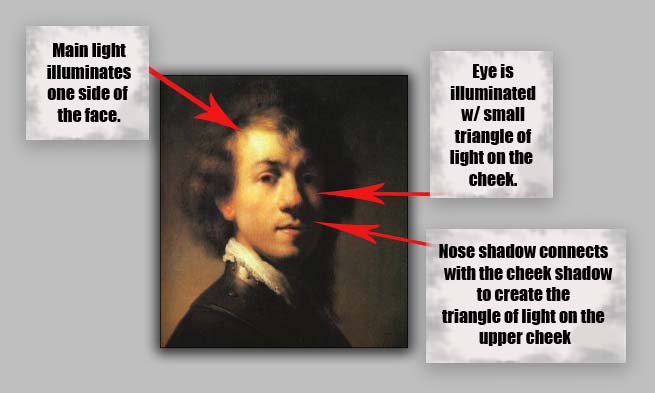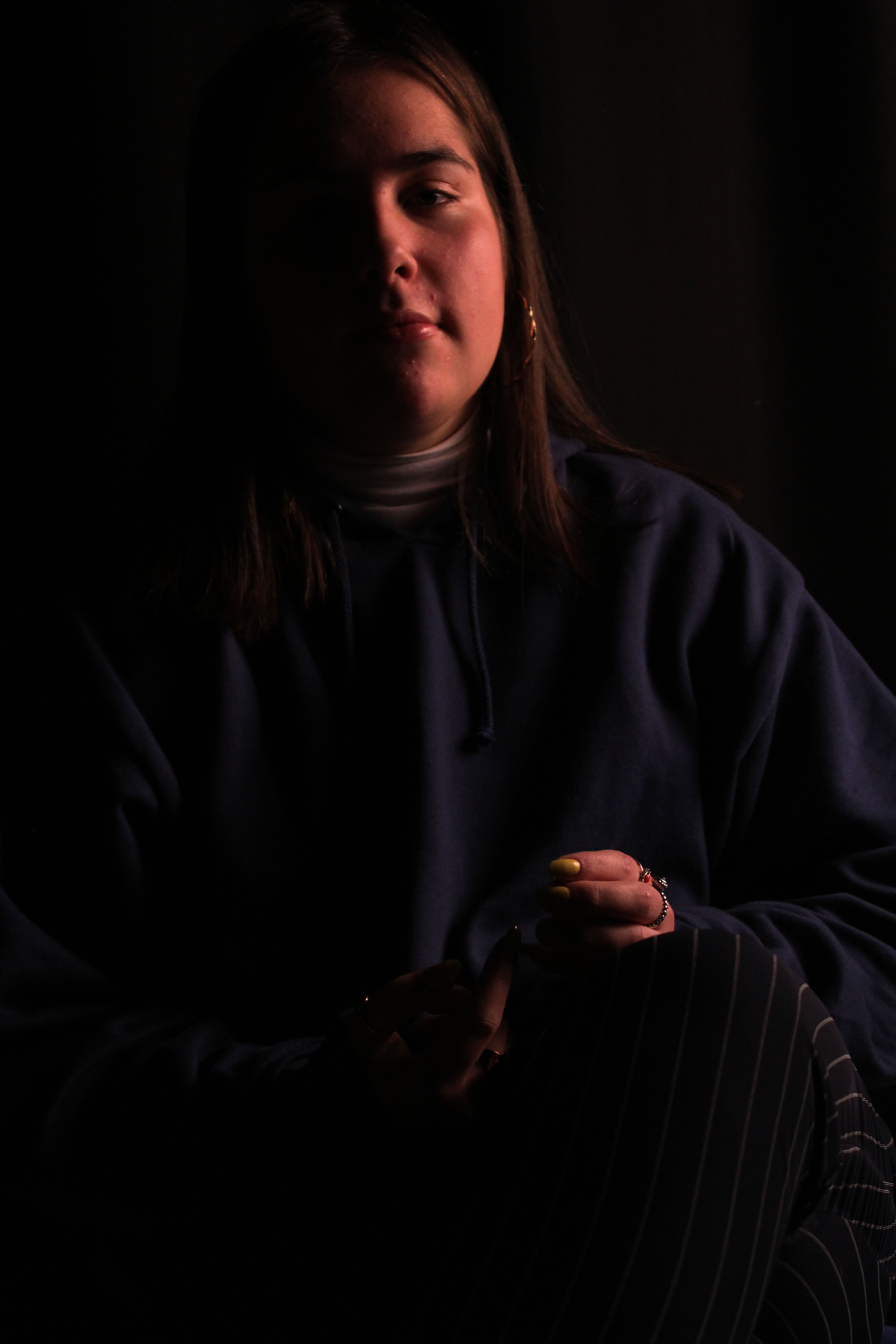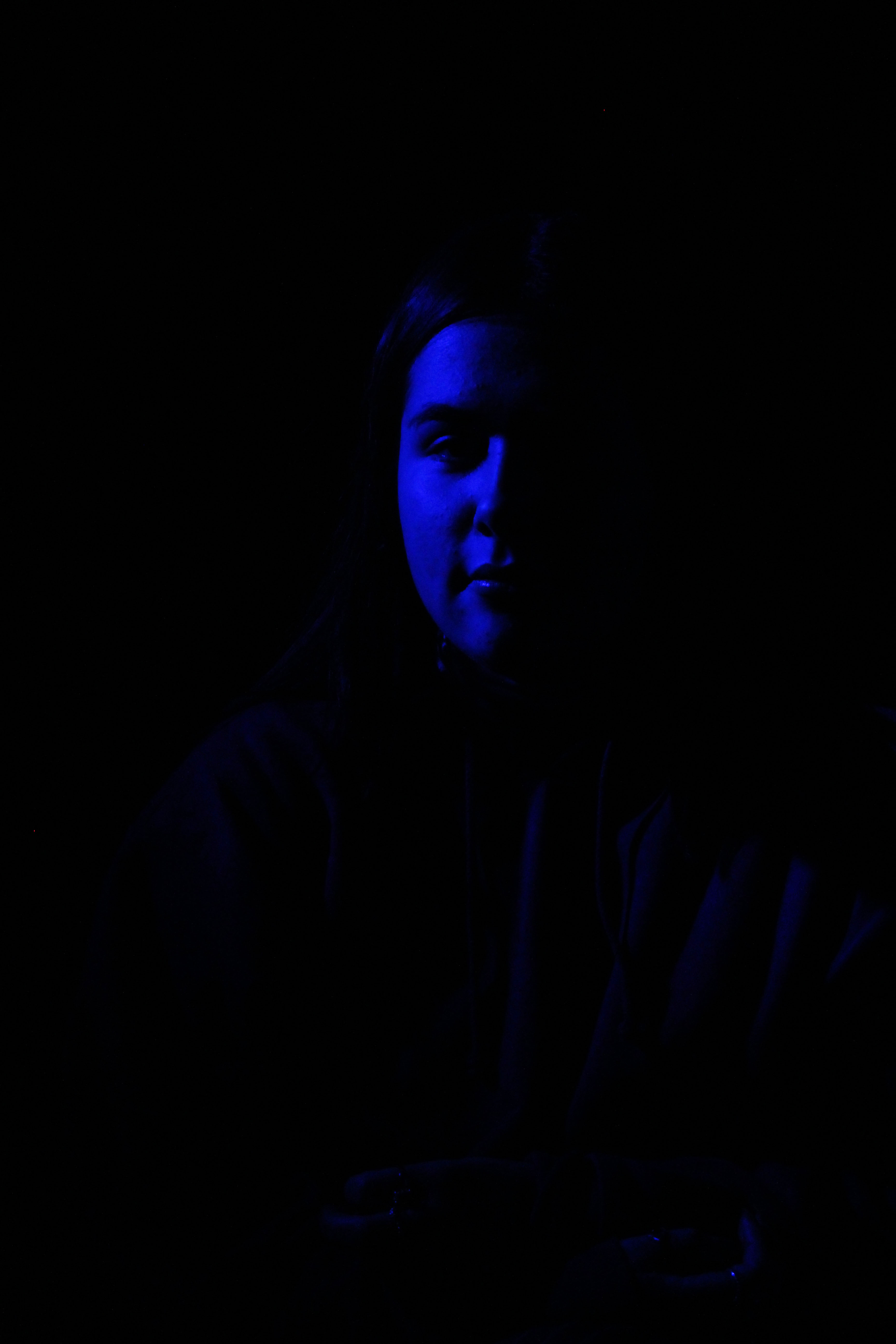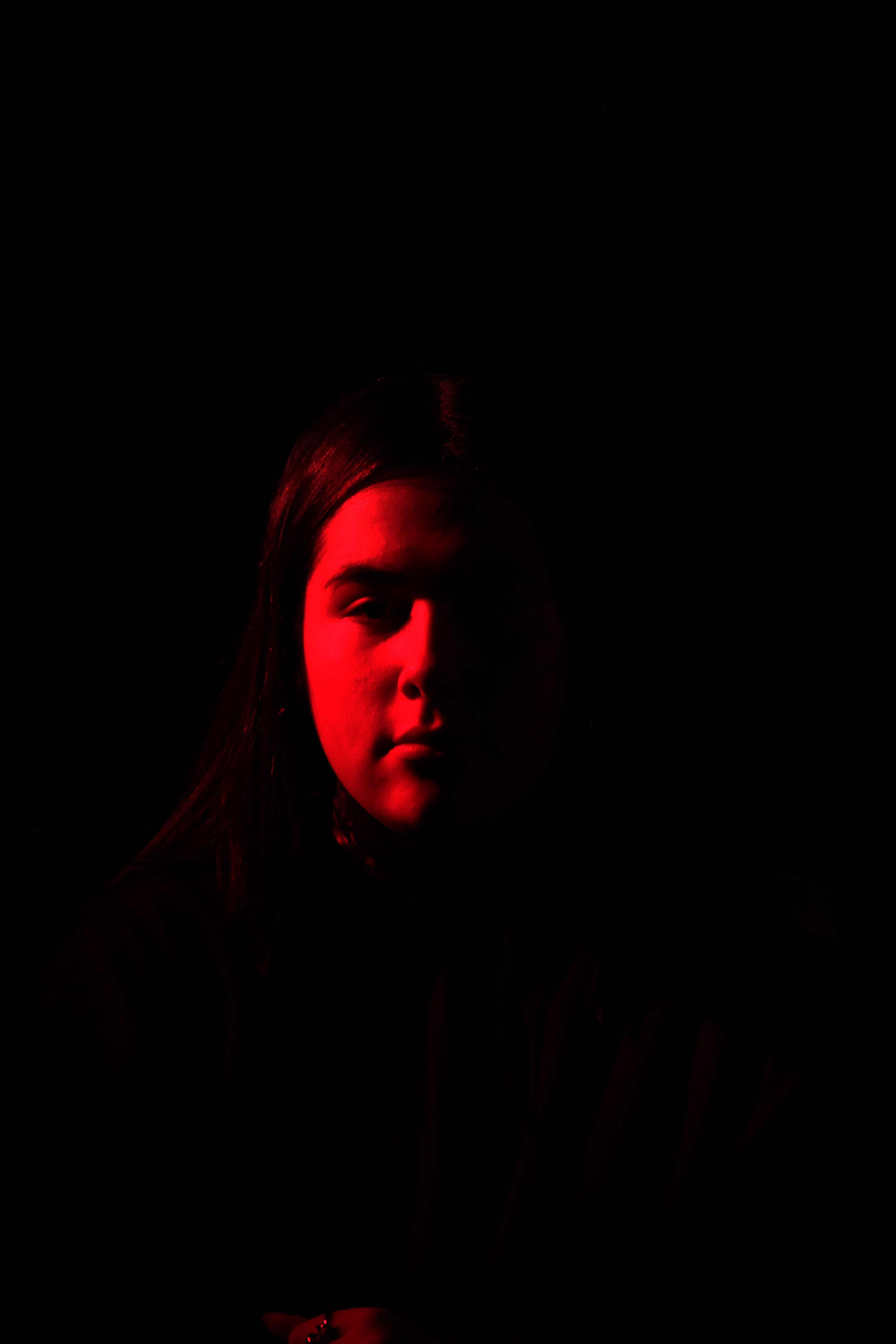Chiaroscuro:
Chiaroscuro, in art, is the use of strong contrasts between light and dark, usually bold contrasts affecting a whole composition. It is also a technical term used by artists and art historians for the use of contrasts of light to achieve a sense of volume in modelling three-dimensional objects and figures.
The term chiaroscuro originated during the Renaissance as drawing on coloured paper, where the artist worked from the paper’s base tone toward light using white gouache, and toward dark using ink, bodycolour or watercolour.
Below is an example of chiaroscuro being used in early renaissance paintings.

Chiaroscuro also is used in cinematography to indicate extreme low key and high-contrast lighting to create distinct areas of light and darkness in films, especially in black and white films. Classic examples are The Cabient Of Dr Caligari (1920), Nosferatu (1922), and Metropolis (1927).
For example, in Metropolis, chiaroscuro lighting is used to create contrast between light and dark mise-en-scene and figures. The effect of this is primarily to highlight the differences between the capitalist elite and the workers.
In photography, chiaroscuro can be achieved with the use of “Rembrandt Lighting”. In more highly developed photographic processes, this technique also may be termed “ambient/natural lighting”, although when done so for the effect, the look is artificial and not generally documentary in nature.

Rembrandt Lighting:
Rembrandt lighting is a lighting technique that is used in studio portrait photography. It can be achieved using one light and a reflector, or two lights, and is popular because it is capable of producing images which appear both natural and compelling with a minimum of equipment. Rembrandt lighting is characterized by an illuminated triangle under the eye of the subject on the less illuminated side of the face.
Below are two examples of our own experiments with Rembrandt lighting and chiaroscuro. Together we worked in a team to create these images, one taking the photographs and focusing the camera, one modelling for the portrait and the other changing the lights and altering them to get the effect wanted and needed.
We started with the lights in front facing at an angle to the left of the model however found that this caused too much light to fall upon the right side of the face, to alter this we moved the light right the way around her body to the back almost behind her and this enabled us to be able to keep the right side of her face in the shadows creating tones and contrasts that come with rembrandt lighting.
I feel these photographs work well for this style of lighting as they have the dark and light contrasts needed for this style of portraits and I feel the shadows and the light areas work well together and don’t clash or fight each other.


Experiments with Colour


